Portal for more climate-friendly mobility
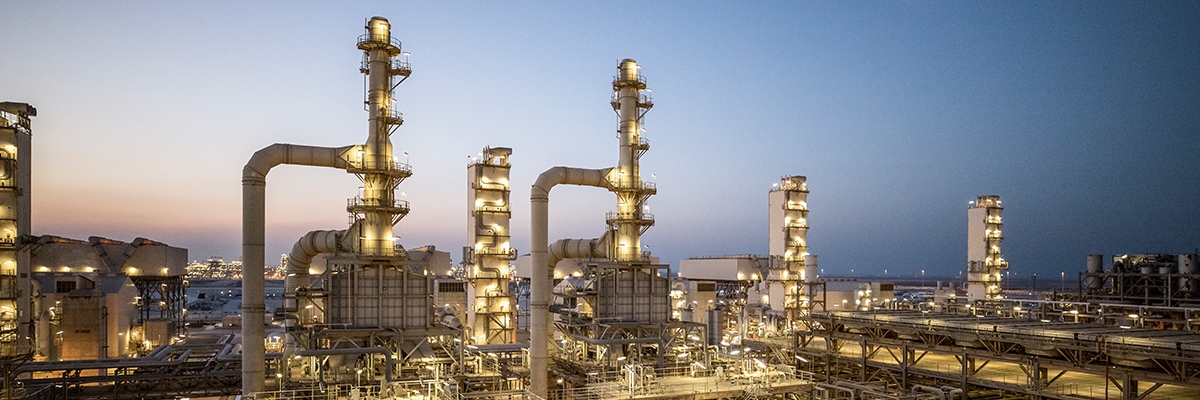
Decarbonisation, but at what price?
Security of supply with sustainable energy sources is certainly possible. But it comes at a price. What is that price? In Germany, leading companies have commissioned a special study to outline a future energy system and find out the cost of various decarbonisation options. Scenarios of this kind have also been produced in Switzerland.
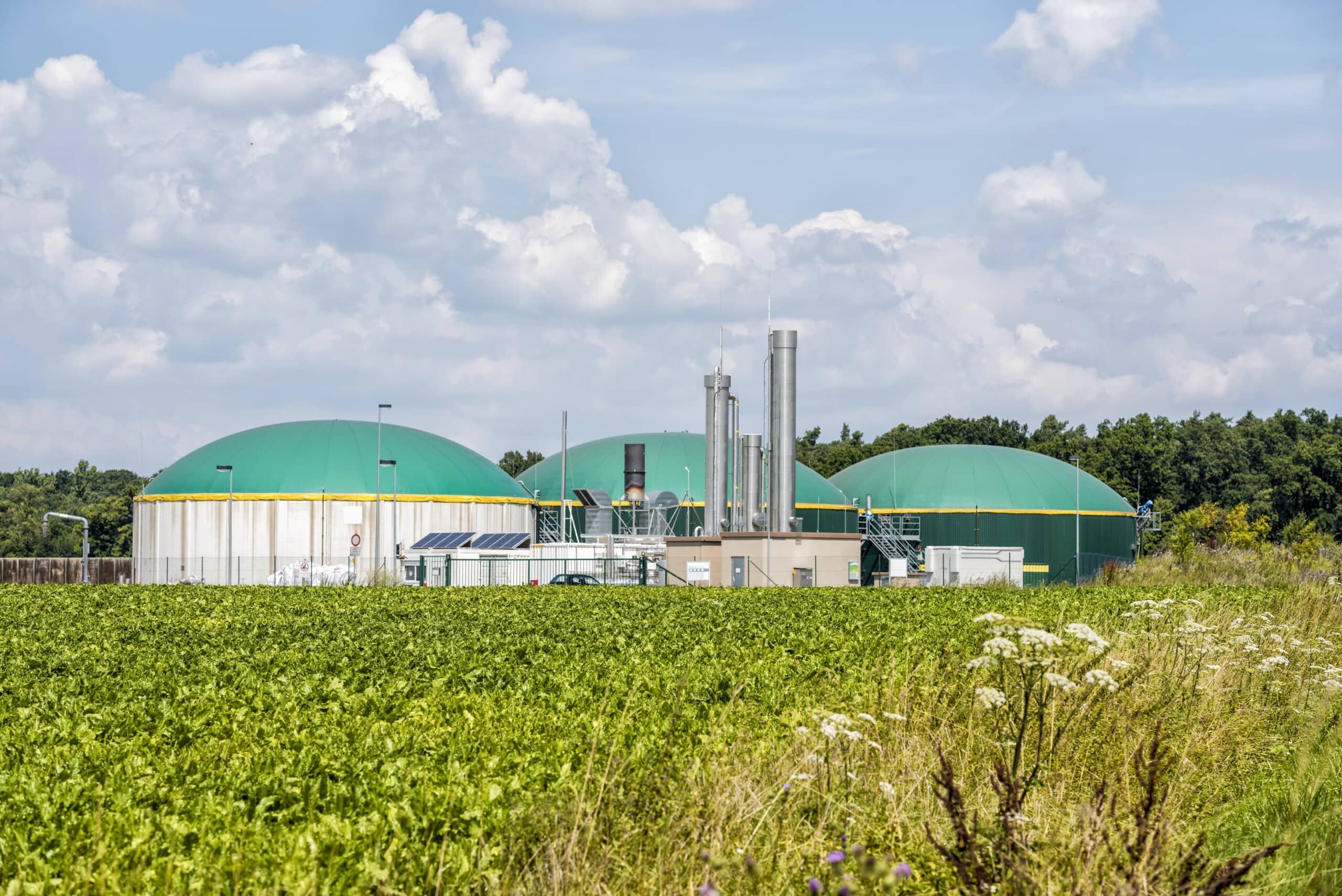 Biogas plant in Germany capable of supplying energy regionally and at low cost. Source: iStock
Biogas plant in Germany capable of supplying energy regionally and at low cost. Source: iStock
There is no doubt that CO2 emissions need to be reduced. But it is still completely unclear by what means and technologies this should happen – and above all at what cost. Change is needed not only in individual sectors but in the energy system as a whole. After all, even if decarbonisation is brought about by means of electromobility or the use of sustainable fuels such as biogas, bio-LNG and e-fuels as in the transport sector, this is not sufficient in itself; a holistic reduction of emissions is required, as well as a holistic view of the energy system per se.
A variety of technologies and energy sources must be used in order to meet the greatly varying supply needs for each segment and region at optimum cost and without fossil energy sources. In addition, a new energy system must be much more efficient than the current one, much less dependent on imports and, due to the high degree of diversification, also more stable vis-à-vis changes in the technical, economic and political framework conditions.
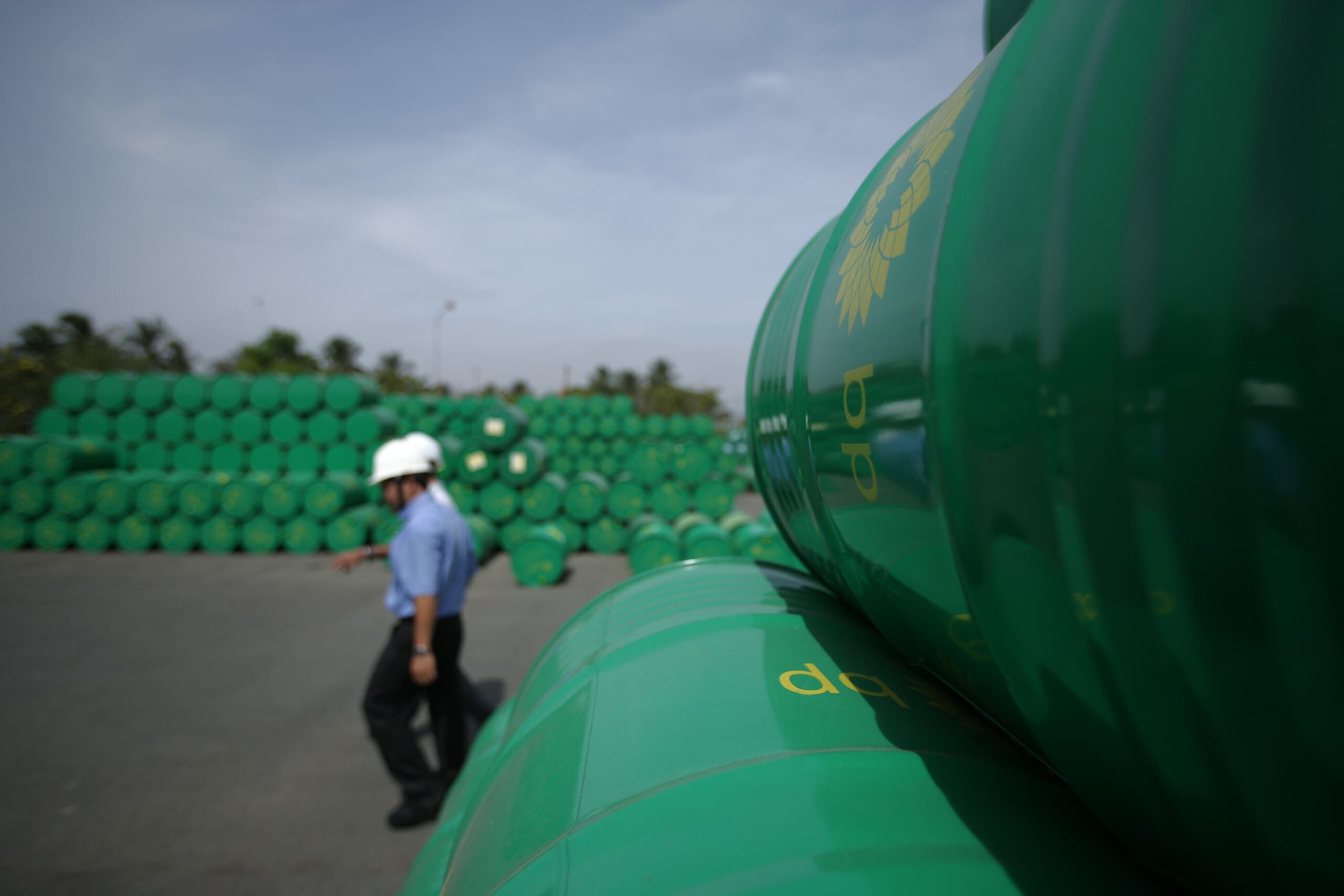 How much of which energy source do we want to use in the future in order to cause as few CO2 emissions as possible, but also to keep the costs for the population within reasonable limits. Source: BP
How much of which energy source do we want to use in the future in order to cause as few CO2 emissions as possible, but also to keep the costs for the population within reasonable limits. Source: BP
But what will this energy system of the future look like? In order to answer these questions objectively, leading companies in the German energy and automotive industries decided to have the consulting firm Wecom carry out a study using a novel, cross-sectoral approach. For the first time, the results now available provide details of a fully economically optimised energy system for Germany, broken down specifically for each region. The most cost-effective, 100% renewable, feasible and reliable energy system was established entirely by means of mathematical optimisation without the participating companies predetermining the outcome.
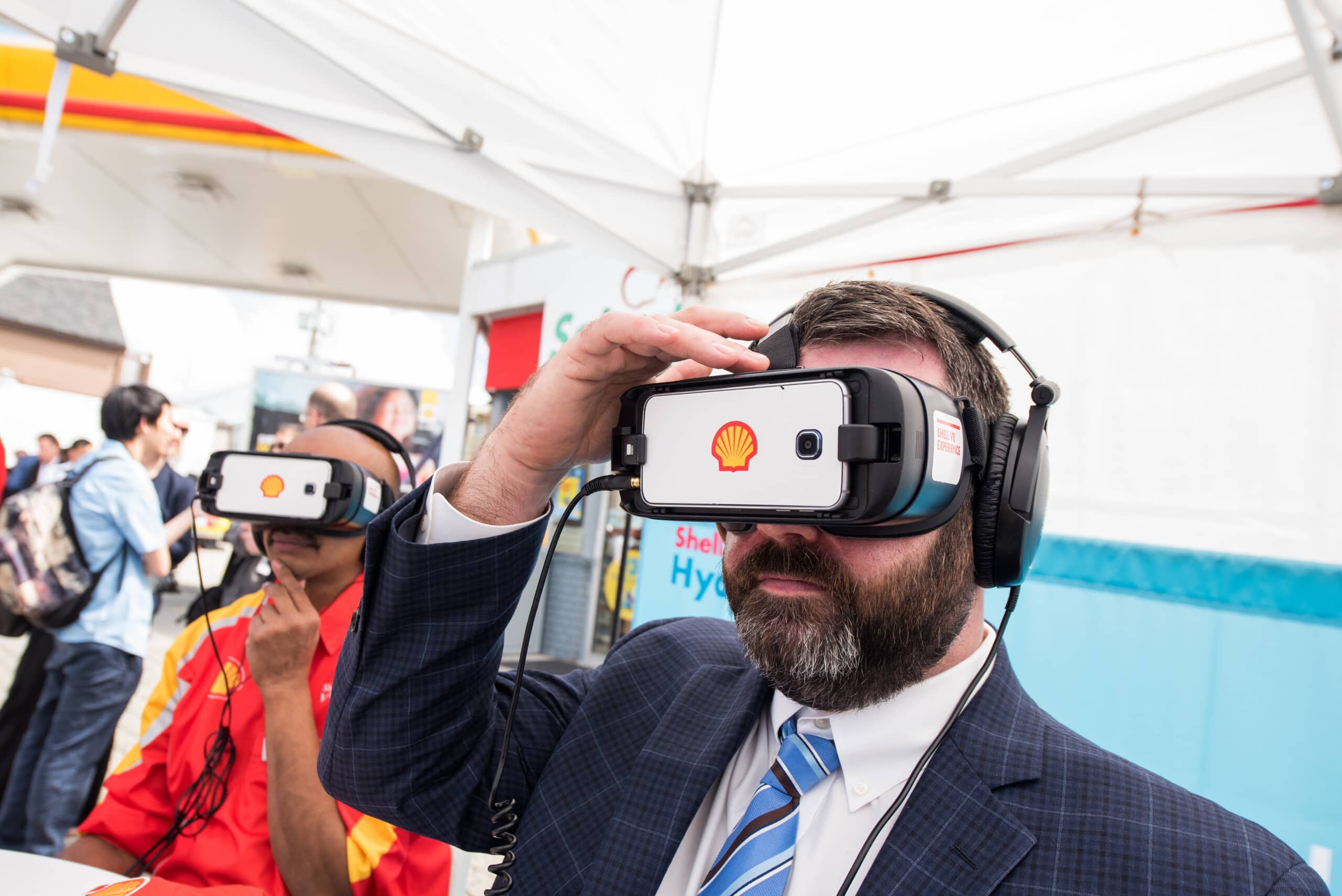 What will the energy system of the future look like? Source: Shell
What will the energy system of the future look like? Source: Shell
For more than 150 technologies along the entire energy value chain, the optimum capacity was calculated for each region – without the need for predictions regarding their use or non-use. The results now allow for a rational, fact-based comparison. Some of the optimised scenarios differ greatly in terms of economic cost and as well as specific capacity requirements. In all scenarios, however, the basic structure of the energy system for Germany is similar for many stages of the energy value chain, so it offers a stable point of reference for the implementation steps to be undertaken in the years to come.
The fascinating insight that emerges here is that in addition to compressed air storage systems and second-life batteries, the flexibility of the power system is largely achieved via the gas grid. Approximately 30-40% of primary electricity is used for electrolysis. Gas-fired power plants that rely on gas storage are to be expanded and become H2-capable. In addition to domestic hydrogen, the experts are certain that biogas will also be produced on a significant scale in Germany in order to achieve a cost-effective energy system.
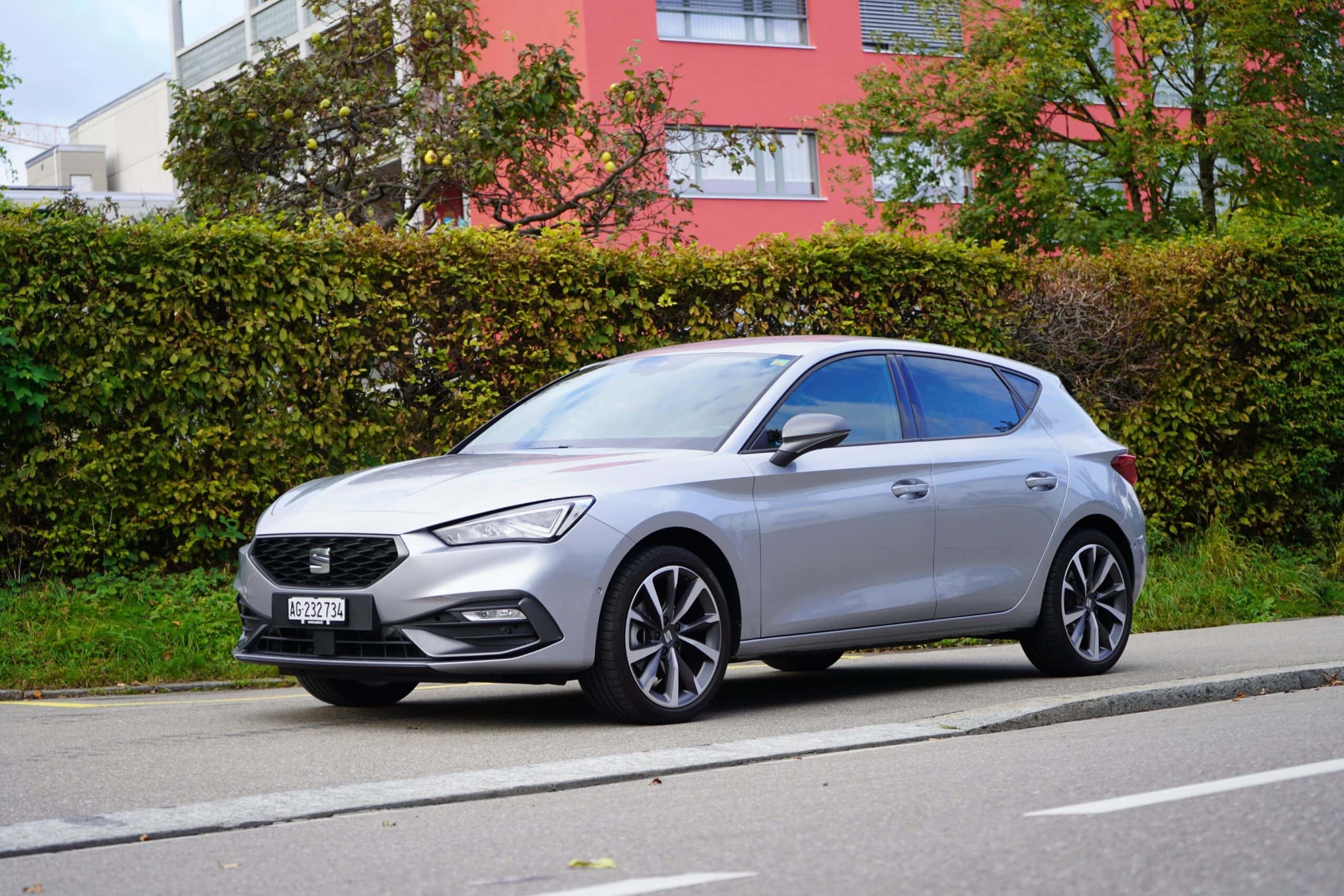 According to the study, the focus in passenger transport should not only be on electromobility, but also on cars like the Seat Leon with CNG drive and biogas in the tank. Source: CNG-Mobility.ch
According to the study, the focus in passenger transport should not only be on electromobility, but also on cars like the Seat Leon with CNG drive and biogas in the tank. Source: CNG-Mobility.ch
In passenger transport, battery-powered and combustion-engine vehicles – especially those powered by CNG and biogas or renewable methane – are on an equal footing in terms of both economy and emissions. So a technology mix is possible. Vehicles powered by hydrogen fuel cells are also competitive in freight transport. According to the study, in a technology-neutral scenario, 34% of passenger cars should be battery-powered, while 55 % should be powered by compressed, renewable methane. In the case of commercial vehicles, the optimum energy mix for the economy provides for a share of electric trucks of just 9%. By contrast, 82% of the trucks should be powered by hydrogen fuel cells, biogas, bio-LNG or renewable methane.
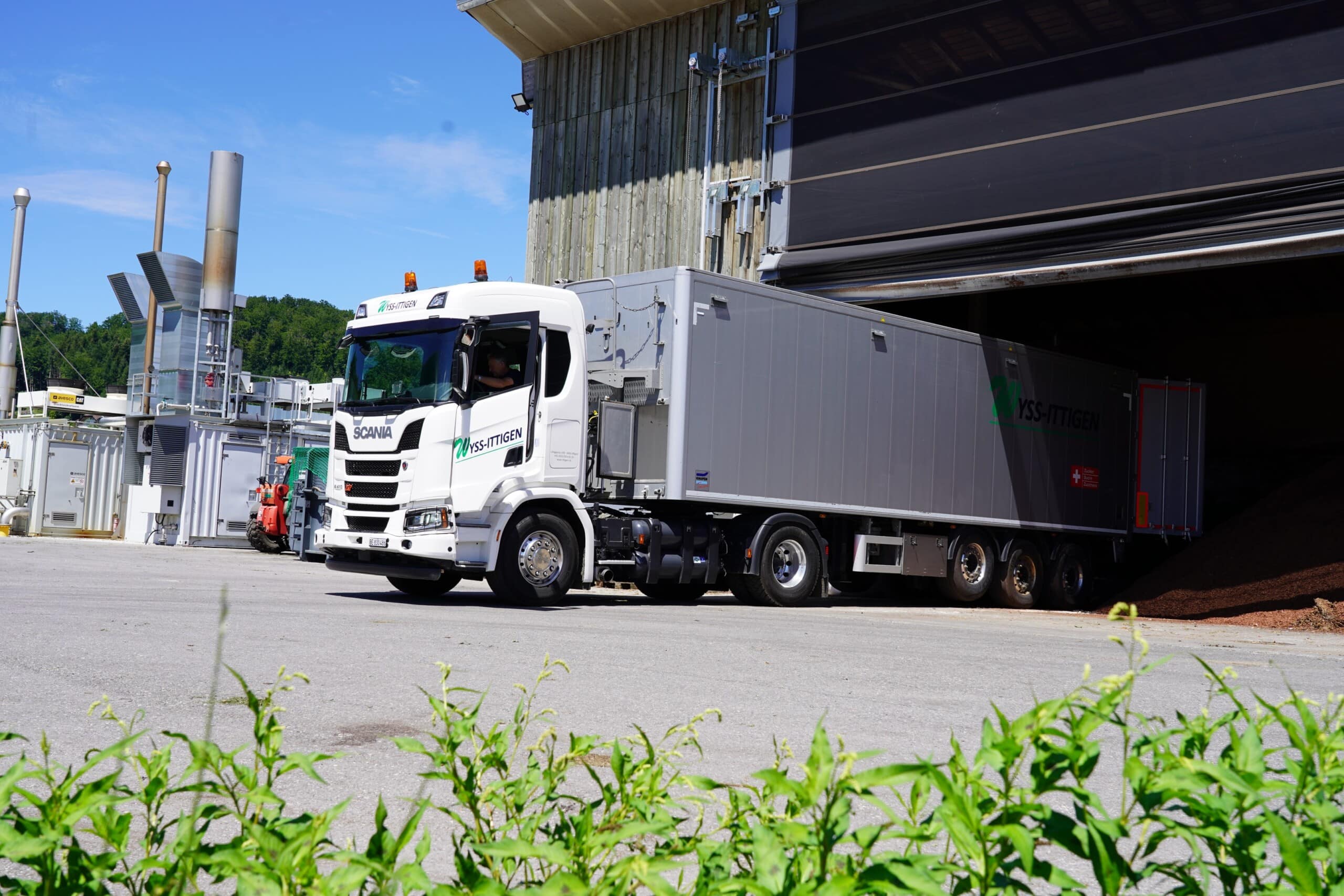 The study also calls for an open technology approach to decarbonisation in freight and heavy goods transport. Source: CNG-Mobility.ch
The study also calls for an open technology approach to decarbonisation in freight and heavy goods transport. Source: CNG-Mobility.ch
As such, this technology-neutral optimisation deviates greatly from current trends, but it offers enormous potential for economic savings. After all, by allowing for internal combustion engines that run on sustainable fuels, we could save up to 11 billion euros in total costs every year! (pd/jas, 27 October 2022)
The complete study with full details of a sustainable energy system at minimum cost
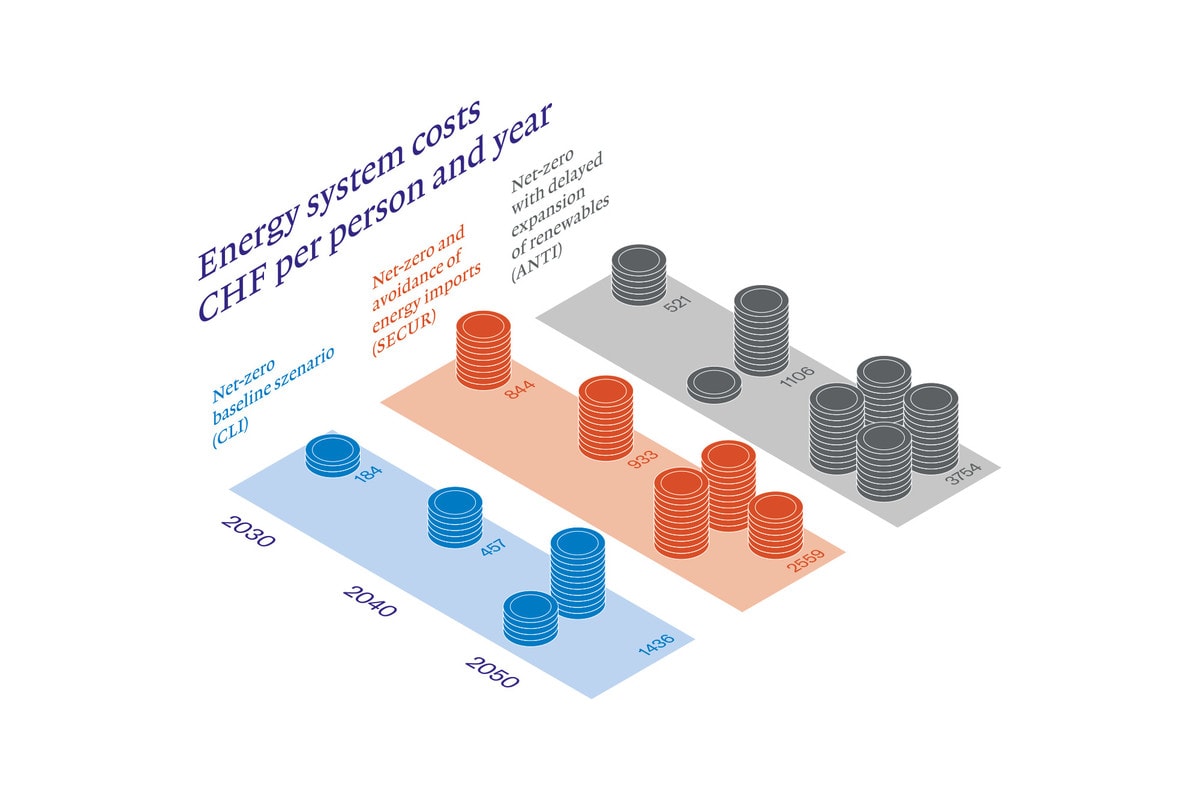 Source: PSI
Source: PSI
Swiss energy system: PSI is familiar with the details – thanks to six million equations
In Switzerland, too, research has been carried out for years on an ideal energy system that is as cost-effective as possible. Evangelos Panos, together with Kannan Ramachan and a team of researchers at PSI, designed the STEM energy system model. This consists of six million equations with six million variables that describe the most diverse aspects of the Swiss energy system. If you change one variable, such as the price for the emission of a tonne of CO2 or the expansion of photovoltaics, dozens of other variables change, sometimes in unexpected ways. The PSI researchers calculated three scenarios for a Swiss energy system for 2030 and 2050: a baseline scenario (CLI), a net-zero scenario with the avoidance of energy imports (SECUR) and one with a delayed expansion of renewable energy (ANTI). See here for all the details.
You might also be interested in
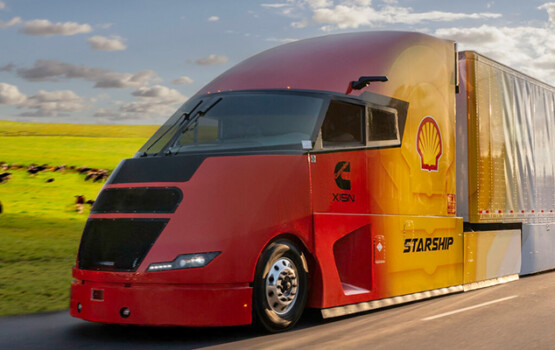
Shell Starship on record hunt
